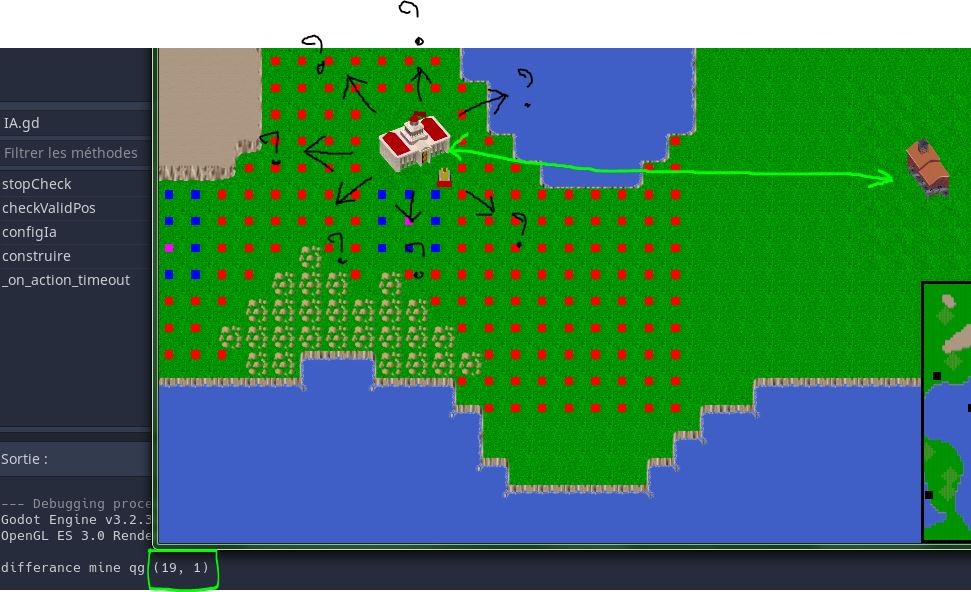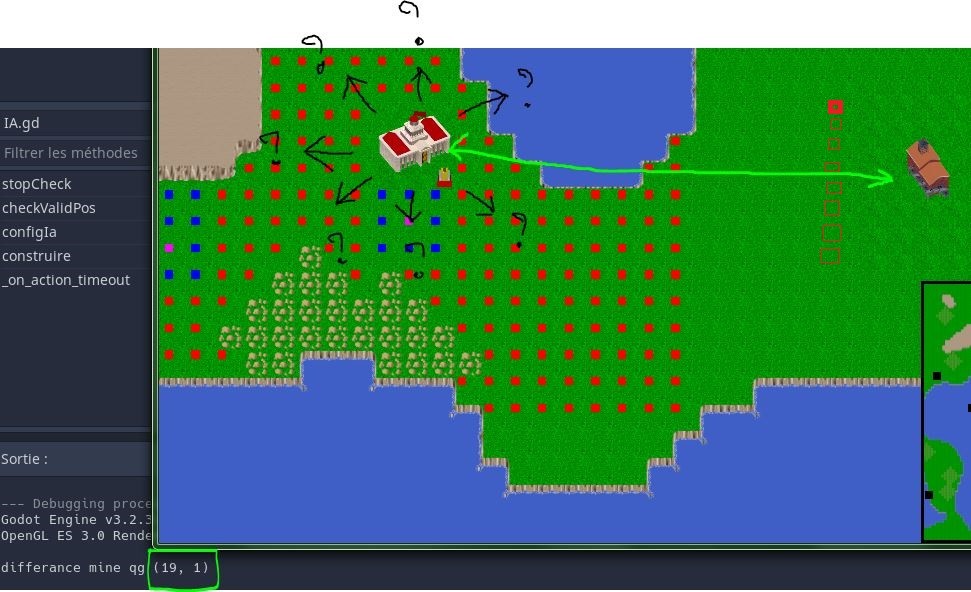Hello everyone,
I building a AI setup and i trying to let him localise the nearest mine. When it's done, it must build something near it. I need for that to match the direction.
When i make the differance distance, in grid scale, i have (19, 1) but i need something like vector2(1, 0) or (vector2.right), or another direction depending of the differance result.
How can i make matching this ?
Not with clamp or range_lerp, i think.


